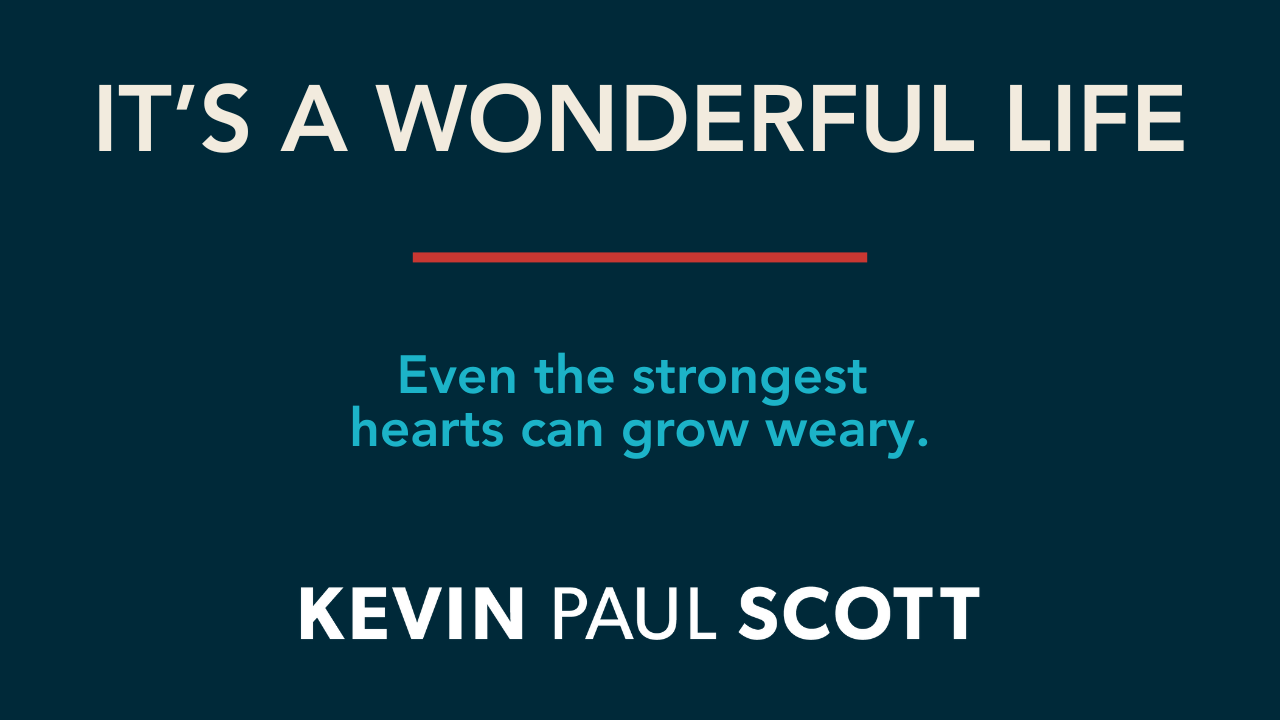Not just optimism.
Not just positive thinking.
But real, transformative hope that cuts through the darkness like a beacon of light. The kind of hope that doesn't just make us feel better, but fundamentally changes how we see our circumstances. A hope that’s not based on some remote possibility, but rooted in a faith of something that exists but is not yet seen.
In Hebrew, the word for hope - "tikvah" - carries a deeper meaning than our conventional understanding. More than just wishful thinking, tikvah represents a confident expectation, a cord of connection that anchors us when everything else seems uncertain. It's derived from the root word "kavah," which literally means "to wait" or "to expect" - suggesting that hope is not passive, but an active, purposeful stance.
There’s a line in the song "Oh Holy Night” that I absolutely love: A thrill of hope the weary world rejoices.
But that hope, the kind that makes the weary rejoice, follows a phrase that captures the human condition that made the world weary: Long lay the world in sin and error pining.
Pining. It's an old word that means to suffer a mental and physical decline, especially because of a broken heart. Sounds a lot like discouragement, doesn't it? It's that soul-deep weariness where hope feels distant and the weight of the world seems unbearable.
But here's the profound truth of Christmas:
Hope doesn't emerge from perfect circumstances. It arrives in the midst of darkness.
Just as tikvah suggests waiting with expectation, hope is about holding onto possibility even when nothing seems to change.
Think about the original Christmas story. A young couple, far from home, with no place to stay. No comfort. No certainty. Just a promise and an unexpected miracle. Hope didn't come to people who had it all figured out. It came to those who were waiting, struggling, wondering.
The biblical prophecy in Isaiah captures this beautifully: "For to us a child is born... and his name shall be called Wonderful Counselor, Mighty God, Everlasting Father, Prince of Peace."
Notice something remarkable? Hope arrives as a child. Not as a conquering warrior. Not as a fully formed leader. But as something vulnerable, something that requires nurturing, something that represents pure potential.
Hope isn't about having all the answers and knowing exactly how everything works. It's about believing in possibility even when the path isn't clear. It's about maintaining hope not because everything is perfect, but because you believe transformation is always possible.
This Christmas, if you're feeling discouraged, remember:
Hope isn't about the absence of difficulty. It's about the presence of possibility.
Your weary heart is the very soil where hope can take root.

























.svg)












